Take a captivating journey of birdwatching and wildlife observation in India which offers a unique opportunity to explore the country’s diverse species and landscapes.
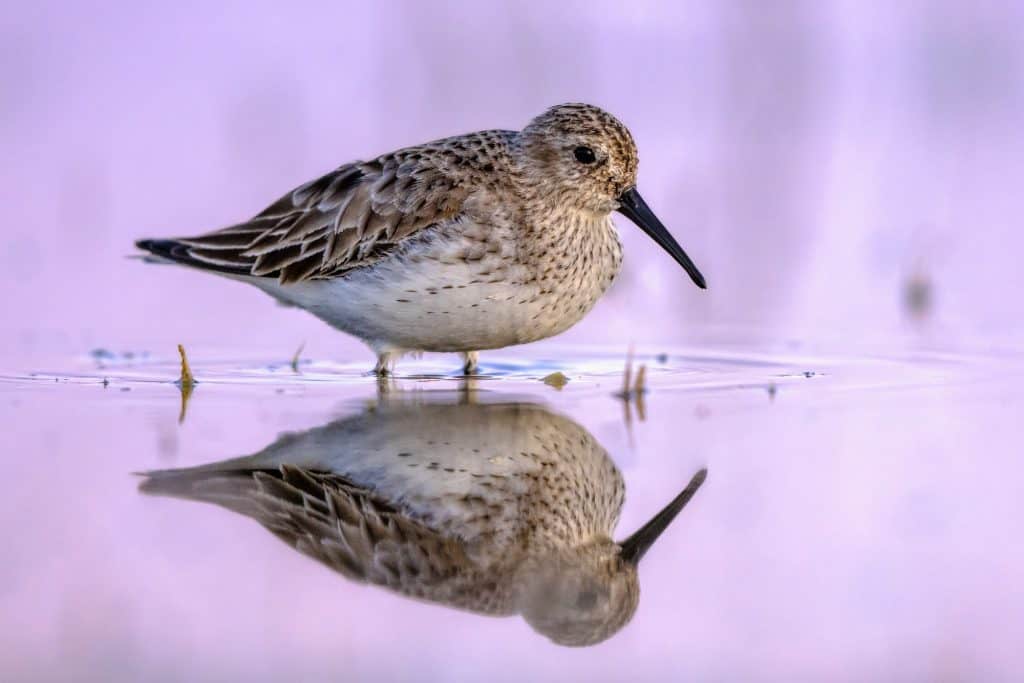
This comprehensive guide aims to provide a roadmap for both seasoned birders and beginners, delving into the crucial aspects of timing, location, equipment, and the evolving trends in birdwatching and wildlife observation.
Evolution of birdwatching and wildlife observation in India
The landscape of birdwatching in India has undergone a noticeable transformation since 2010. This surge in interest coincides with the gradual interference of urbanization into wildlife habitats. The rising awareness of this issue has fueled a growing interest in wildlife conservation efforts, with organizations like the Salim Ali Foundation, Wildlife Trust of India, and the World Wildlife Fund actively supporting and accelerating this trend.
Notably, there is also a shift in parental priorities, with an increasing emphasis on enhancing awareness of nature and wildlife in children. Retired individuals, seeking constructive and health-focused hobbies, contribute to the surge, making birdwatching an appealing choice. Additionally, photography, particularly bird photography, has become a starting point for beginners.
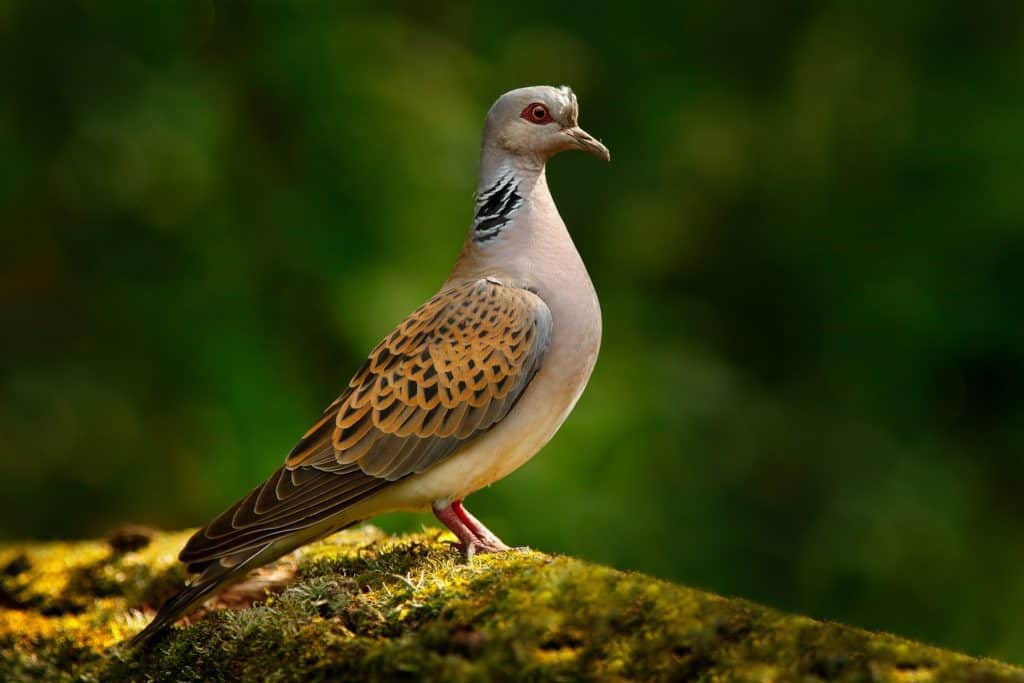
The growth in birdwatching’s popularity can be attributed to its tranquil and therapeutic qualities. It provides individuals with a calming and relaxing hobby that relieves stress. The outdoor nature of wildlife observation contributes to notable health benefits, including increased physical activity, exposure to fresh air, and an extensive connection with nature. In the current context of heightened awareness regarding mental and physical health, birdwatching corresponds with the broader wellness movement.
The increasing concern about climate change and the necessity for nature preservation further elevates wildlife observation as a meaningful and eco-friendly recreational activity. Birdwatching and wildlife observation, with their combination of relaxation, health advantages, and environmental awareness, are ideal hobbies for anyone seeking all-embracing well-being.
Timing, Location, and Equipment: The Triad of Success
Successful birdwatching and wildlife observation require careful consideration of three crucial aspects:
- Timing
- Location
- Equipment
Optimal Timing: The migration period, spanning from September to March, offers a golden opportunity to witness a diverse array of bird species traversing the Indian subcontinent. Early mornings, particularly around 5 AM, offer the best chances for wildlife observation.
Location Matters: Selecting a location requires thorough research, and it is crucial to avoid noisy and crowded areas, as such environments can significantly hinder the chances of spotting a variety of wildlife species. The choice of location can influence the diversity of species encountered, making it crucial to choose wisely.
Equip Yourself: The right equipment can make or break your birdwatching experience. From binoculars to camera lenses, each piece plays a pivotal role. Additionally, familiarizing yourself with bird and wildlife identification adds to the overall enjoyment.
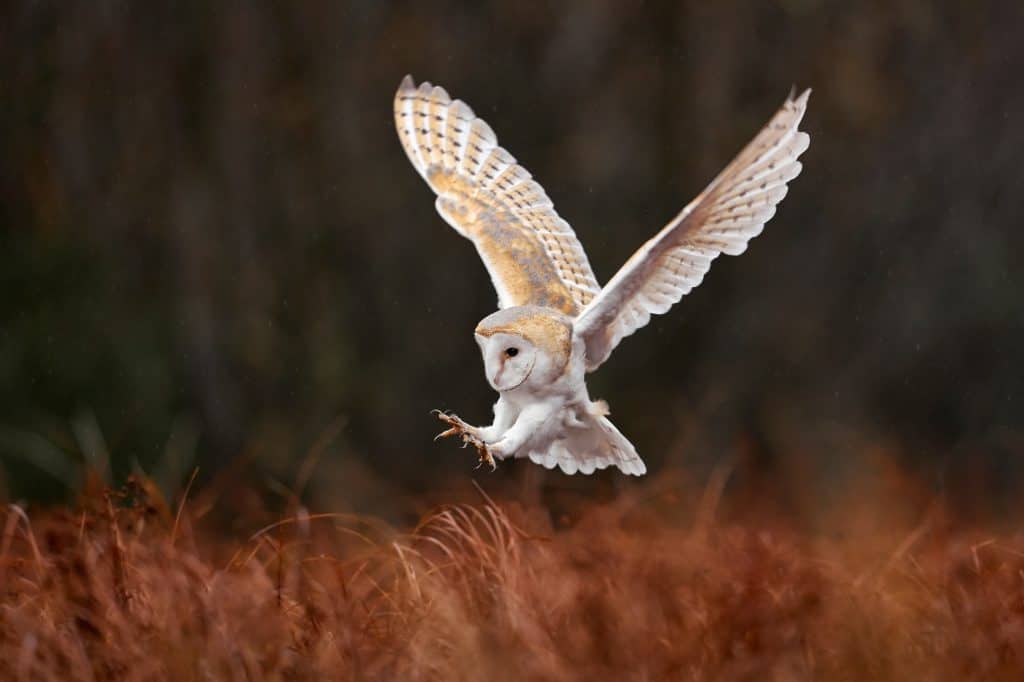
Dos and Don’ts of Birdwatching and Wildlife Observation
As you embark on your birdwatching adventure, it is crucial to follow a set of dos and don’ts to ensure a positive and respectful experience.
Dos:
- Thorough preparation, including selecting the right location and checking equipment.
- Follow behavioural guidelines at your chosen location to minimize disturbance and damage.
- Limit group size to maintain a calm and quiet atmosphere.
Don’ts:
- Avoid wearing colourful clothes that may draw unwanted attention.
- Stay away from nesting areas to prevent disturbing birds.
- Refrain from littering or bringing food that may upset wildlife and harm the ecosystem.
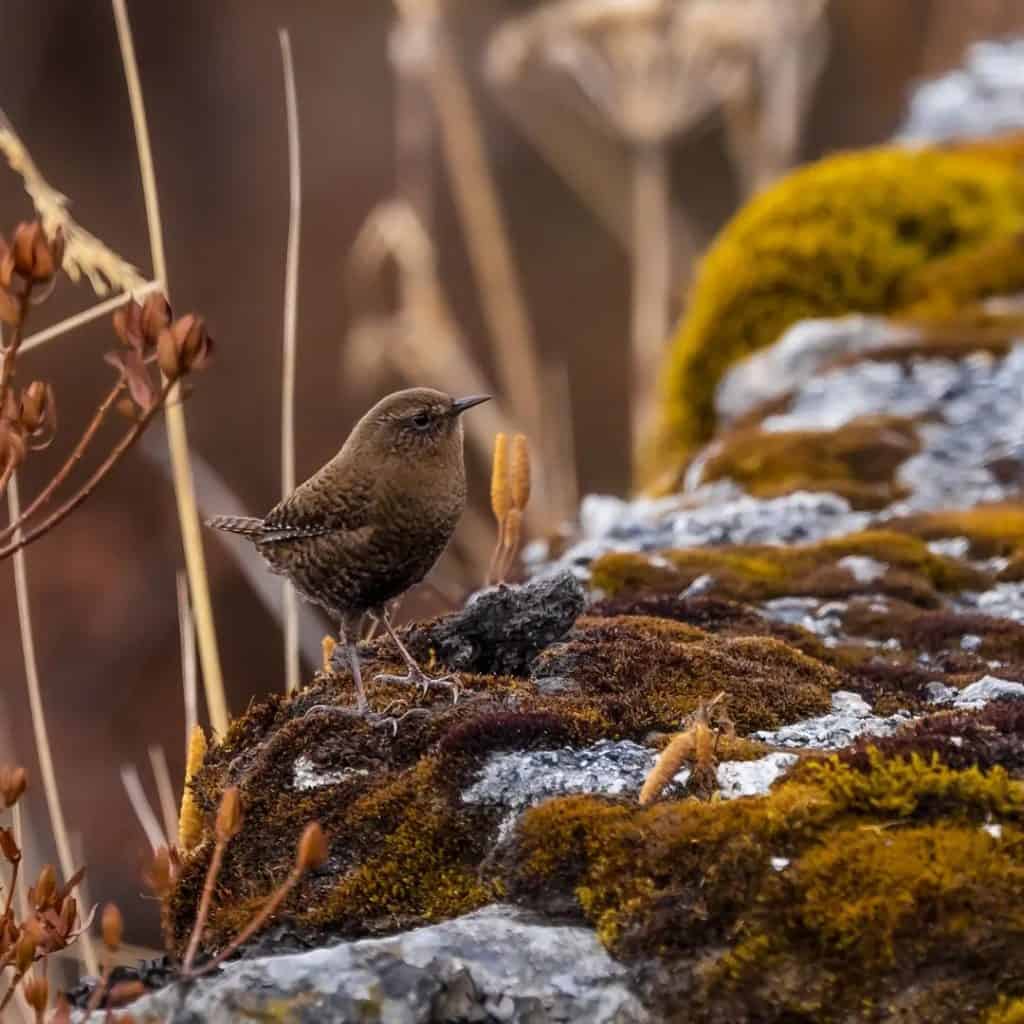
Best Observation Sites in India
India, with its diverse ecosystems, offers a multitude of birding and wildlife sites that tend to enthusiasts of all levels. Here are some of the best locations across the country:
- Keoladev National Park – Bharatpur
- Corbett National Park – Terai
- Eaglenest Bird Sanctuary – Arunachal Pradesh
- Kaziranga National Park – Assam
- Little Rann of Kutch – Gujarat
- Nainital and Pangot – Nainital
- Sultanpur National Park – Delhi
- Tal Chappar – Rajasthan
- Nameri National Park – Assam
Each location presents unique opportunities to observe and appreciate the diverse wildlife landscape thriving in different ecosystems.
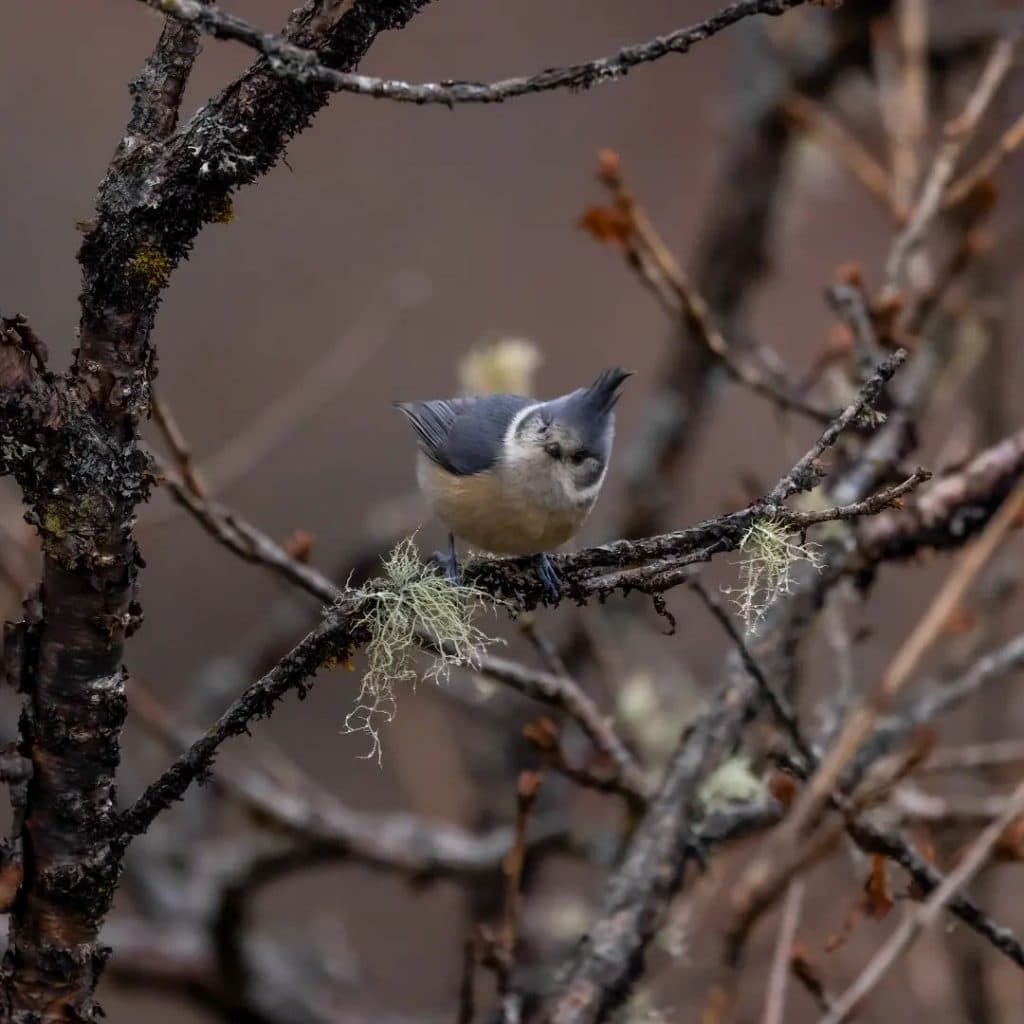
Choosing the Right Equipment
Selecting the right equipment is pivotal for an outstanding wildlife observation experience. Consider the following tips when choosing binoculars and camera lenses:
- Opt for lightweight devices for extended use.
- Invest in high-quality, durable lenses for a long-lasting experience.
- Choose binoculars with high-light transmission for optimal visibility.
- Ensure lenses are adequately coated for clear views in all weather conditions.
- Purchase additional accessories for safe storage and easy carrying.
- Obtain lens-cleaning accessories to maintain optimal vision throughout your adventure.
- Explore apps to enhance your birdwatching and wildlife observation experience, aiding in population tracking and species identification.
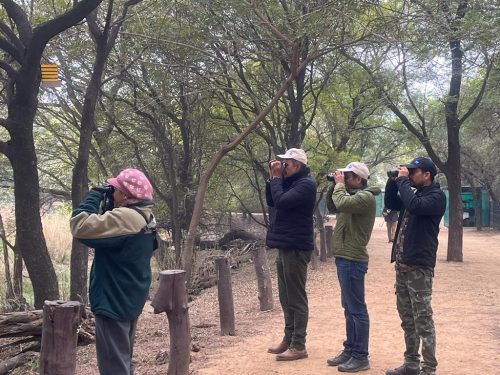
Connecting with Conservation Efforts
Beyond personal enjoyment, birdwatching in India is increasingly intertwined with conservation efforts. Several organizations actively engage in wildlife conservation projects. Birdwatching enthusiasts often find themselves contributing directly or indirectly to these initiatives through awareness campaigns, guided tours, or financial support. This connection underscores the broader impact of wildlife observation, aligning the pursuit of leisure with a shared responsibility for the conservation of the wildlife landscape that enriches our ecosystems.
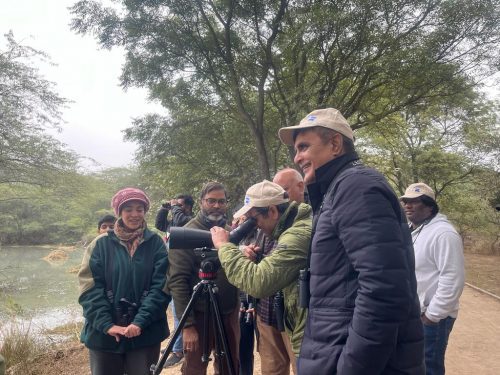
Whether you’re a casual observer or an avid enthusiast, as you immerse yourself in the world of birdwatching and wildlife observation in India, you embark on a promising journey filled with discovery, connection, and appreciation for the natural wonders that surround you.
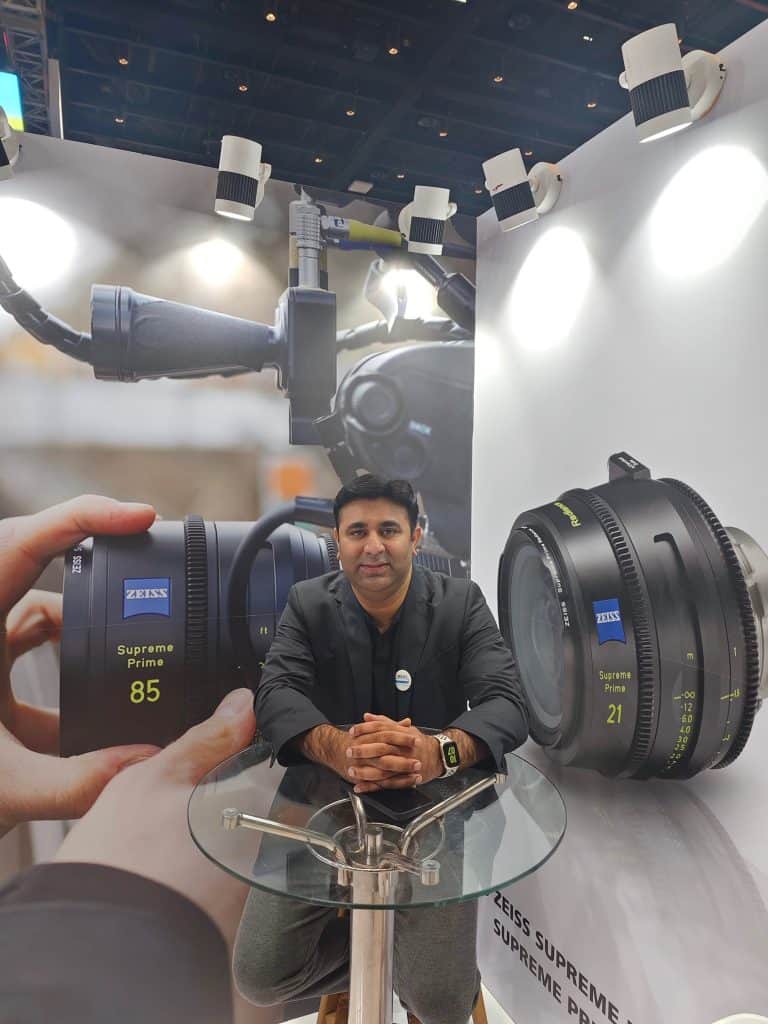
(Spokesperson: Kunal Girotra, Regional Head: India, South-East Asia & SAARC – Consumer Products, ZEISS Group)
Read more: Latest



